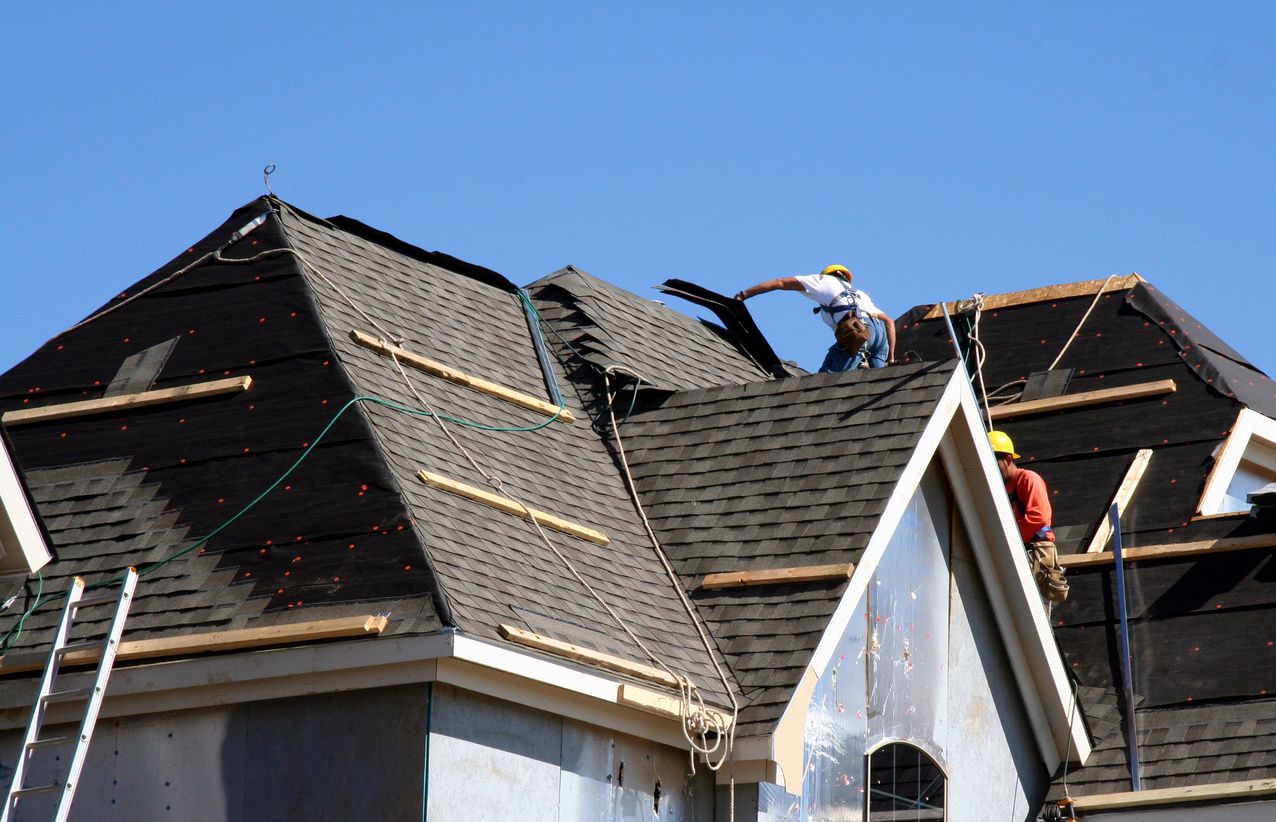

Articles
How To Get A New Roof From Insurance
Modified: January 6, 2024
Discover the step-by-step process of getting a new roof covered by insurance with our informative articles. Maximize your chances of approval and receive the compensation you deserve.
(Many of the links in this article redirect to a specific reviewed product. Your purchase of these products through affiliate links helps to generate commission for Storables.com, at no extra cost. Learn more)
Introduction
Dealing with a damaged roof can be a stressful and costly experience. Whether it’s due to severe weather conditions, aging materials, or other factors, getting a new roof can be a significant financial burden. However, in many cases, homeowners can rely on their insurance policies to help cover the costs of roof repairs or replacements.
In this article, we will guide you through the process of getting a new roof from insurance. We’ll discuss the steps involved in filing a roof insurance claim, assessing the damage, hiring a roof inspector, documenting the damage, meeting with the insurance adjuster, and selecting a roofing contractor. By understanding the ins and outs of roof insurance claims, you can navigate the process more effectively and increase your chances of receiving the coverage you need.
It’s important to note that the specific procedures and requirements may vary depending on your insurance provider and policy. Therefore, it’s crucial to review your insurance policy and contact your insurance company to understand the exact steps and documentation needed for the claim process. With that in mind, let’s dive into the exciting world of roof insurance claims!
Key Takeaways:
- Understanding your insurance policy, documenting roof damage thoroughly, and hiring a professional roof inspector are crucial steps in successfully navigating the process of getting a new roof from insurance.
- Effective communication with your insurance company, selecting a reputable roofing contractor, and finalizing the insurance claim with meticulous attention to detail are essential for a smooth and successful outcome in receiving coverage for roof repairs or replacement.
Understanding Roof Insurance Claims
Before diving into the process of filing a roof insurance claim, it’s essential to have a solid understanding of how these claims work. Roof insurance claims are typically covered under the “dwelling” or “structure” portion of your homeowner’s insurance policy.
Most insurance policies include coverage for damage caused by specific perils such as hailstorms, windstorms, fire, and falling objects. However, it’s important to review your policy to understand the specifics of your coverage and any exclusions.
When it comes to roof insurance claims, there are a few key elements to consider:
- Deductible: Your deductible is the amount you’re responsible for paying out of pocket before your insurance coverage kicks in. It’s crucial to know what your deductible is, as it will affect the amount you receive from your insurance company for the roof repair or replacement.
- Actual Cash Value (ACV) vs. Replacement Cost Value (RCV): Insurance policies may cover roof damage based on either the actual cash value or the replacement cost value. ACV takes into account the age and depreciation of your roof, while RCV provides coverage for the full cost of replacing the damaged roof with a similar quality one. Understanding which type of coverage you have is vital in determining the amount you’ll receive from your insurance company.
- Policy Limits: Insurance policies often have a maximum coverage limit for roof repairs or replacements. It’s crucial to know what this limit is to ensure you’re adequately covered for the cost of a new roof.
Having a clear understanding of your insurance policy and its coverage is the first step in successfully navigating the roof insurance claim process. It allows you to be prepared and equipped with the necessary knowledge to communicate effectively with your insurance company and maximize your claim.
Assessing Roof Damage
After a storm or other event that may have caused damage to your roof, it’s crucial to assess the extent of the damage before filing an insurance claim. Properly documenting the damage is essential to support your claim and ensure you receive the appropriate coverage from your insurance company.
Here are some steps to follow when assessing roof damage:
- Inspect from the ground: Start by examining your roof from a safe distance on the ground. Look for any visible signs of damage like missing shingles, sagging areas, or debris on the roof.
- Check for leaks: Look for any signs of leaks or water damage inside your home. This can include water stains on ceilings or walls, dampness in the attic, or mold growth.
- Inspect the attic: Go into your attic and check for any signs of water leaks or damage. Look for water stains, damp insulation, or signs of mold or mildew.
- Examine the shingles: If it is safe to do so, carefully inspect the shingles on your roof. Look for any missing, cracked, or damaged shingles. Pay attention to areas where the shingles may be loose or lift.
- Check the flashing: Inspect the flashing around vents, chimneys, and skylights for any signs of damage or detachment. Damaged flashing can lead to leaks and further roof damage.
- Look for granule loss: Check if there is a significant loss of granules on the shingles. Granules help protect the shingles from the sun’s UV rays and prolong their lifespan. Excessive granule loss can indicate roof deterioration.
Keep in mind that assessing roof damage can be dangerous, especially if you need to climb onto the roof. If you’re uncomfortable doing so or unsure about your safety, it’s best to hire a professional roof inspector to conduct a thorough assessment.
By taking the time to assess the damage and document it properly, you’ll have a solid foundation for your insurance claim. Make sure to take clear photographs of the damage and keep detailed notes of your findings as additional evidence to support your claim.
Hiring a Roof Inspector
When assessing roof damage, it’s important to have a professional roof inspector evaluate the condition of your roof. Hiring a roof inspector provides an unbiased assessment of the damage and serves as valuable documentation to support your roof insurance claim.
Here are some tips for hiring a roof inspector:
- Research and ask for recommendations: Start by researching reputable roof inspectors in your area. Ask friends, family, or neighbors for recommendations, and read online reviews to get an idea of their reputation.
- Check credentials and experience: Verify that the roof inspector is licensed, bonded, and insured. Additionally, inquire about their experience and expertise in assessing roof damage. It’s important to hire someone with the knowledge and qualifications to provide an accurate evaluation.
- Request a detailed inspection report: Ask the roof inspector for a comprehensive inspection report. This report should include a thorough assessment of the damage, photographs, and a list of recommended repairs or replacements. A well-documented report will strengthen your insurance claim.
- Get multiple estimates: Consider obtaining multiple estimates from different roof inspectors. This allows you to compare their findings and recommended repairs, ensuring you have a comprehensive understanding of the scope of the damage.
- Ask about their familiarity with insurance claims: Inquire about the roof inspector’s experience in dealing with insurance claims. A knowledgeable inspector will be familiar with the documentation and evidence required to support your claim and can provide guidance throughout the process.
- Communicate with your insurance company: Keep your insurance company informed about the hiring of a roof inspector and provide them with a copy of the inspection report. This ensures transparency and collaboration between all parties involved in the claim process.
Hiring a professional roof inspector not only provides an expert evaluation of your roof damage but also adds credibility to your insurance claim. Their assessment and documentation are essential in making a persuasive case to your insurance company and increasing the likelihood of a successful claim outcome.
Filing an Insurance Claim
Once you’ve assessed the roof damage and obtained a professional inspection report, the next step in getting a new roof from insurance is filing a claim. Filing an insurance claim can feel overwhelming, but with careful preparation and attention to detail, you can navigate the process effectively.
Here’s a step-by-step guide to filing an insurance claim:
- Contact your insurance company: Notify your insurance company as soon as possible after discovering the roof damage. Most insurance companies have specific time limits for reporting claims, so don’t delay.
- Provide necessary information: Be prepared to provide your policy number, details about the damage, and any supporting documentation such as photographs, the inspection report, and notes from your assessment.
- Document and organize: Keep a detailed record of all communications with your insurance company, including dates, names of representatives spoken to, and summaries of the conversations. This documentation will be valuable throughout the claims process.
- Follow instructions: Your insurance company may provide you with specific instructions for the claims process. Make sure to follow these instructions carefully and submit any required paperwork promptly.
- Be honest and accurate: When providing information about the damage, be honest and accurate in your descriptions. Exaggerating or misrepresenting the damage can lead to complications and potential denial of your claim.
- Keep records of expenses: If you’ve had to make temporary repairs or incur any other expenses related to the roof damage, keep receipts and records of these expenses. They may be eligible for reimbursement as part of your claim.
- Stay organized: Keep copies of all documents related to your claim, including emails, letters, and claim forms. Having everything organized will make the claim process smoother.
- Follow up: If you haven’t received a response or claim decision from your insurance company within a reasonable timeframe, follow up with them to ensure your claim is progressing.
Remember, every insurance policy and claim is unique, so it’s important to familiarize yourself with the specific requirements and guidelines outlined in your policy and communicate with your insurance company throughout the process. Being proactive, organized, and providing accurate information will help facilitate a smooth and successful roof insurance claim.
Read more: How To Get A New Roof For Free
Documenting the Damage
When filing a roof insurance claim, documenting the damage is crucial for supporting your case and ensuring you receive the appropriate coverage from your insurance company. Thorough documentation provides clear evidence of the extent and impact of the damage, leaving little room for disputes or discrepancies.
Here are some tips for effectively documenting the damage to your roof:
- Take clear and detailed photographs: Use a camera or smartphone to capture high-quality photographs of the damaged areas. Take both wide-angle shots to show the overall damage and close-up shots to highlight specific issues.
- Include various angles and perspectives: Take photographs from different angles and perspectives to provide a comprehensive view of the damage. This can help your insurance adjuster better understand the extent of the problem.
- Make notes and descriptions: Alongside your photographs, make detailed notes and descriptions of the damage. Include information such as the date the damage occurred, the cause of the damage (e.g., hailstorm, windstorm), and any additional relevant details.
- Record video footage: Consider capturing video footage of the damage as well. Video can provide a dynamic visual representation of the extent of the damage and highlight specific areas that photographs may not capture as effectively.
- Document the condition before the damage: If possible, locate any photographs or videos that show the condition of your roof before the damage occurred. This provides a useful comparison for the insurance adjuster to assess the extent of the damage caused by the event.
- Collaborate with your roof inspector: Work closely with the professional roof inspector you hired to document the damage. Request their input and insights on the documentation process, as they can provide valuable expertise and ensure all significant damage is appropriately captured.
- Keep copies of all documentation: Make digital copies of your photographs, videos, and notes. This ensures that you have backups in case anything happens to the original files. Additionally, keep copies of any correspondence with your insurance company and other relevant documents.
Remember, the more thorough and detailed your documentation, the stronger your roof insurance claim will be. Clear visual evidence, accompanied by well-documented notes, provides a compelling case for the damage and can help in obtaining the necessary coverage from your insurance company.
Tip: Document all damage with photos and videos before contacting your insurance company. This evidence will support your claim for a new roof.
Meeting with the Insurance Adjuster
Once you’ve filed your roof insurance claim and provided documentation of the damage, you can expect a visit from an insurance adjuster. The adjuster is responsible for assessing the extent of the damage and determining the amount of coverage you will receive from your insurance company.
Here are some important steps to follow when meeting with the insurance adjuster:
- Prepare in advance: Review your documentation and familiarize yourself with the details of your insurance policy before the meeting. This will help you be prepared to discuss the specifics of your claim.
- Be present during the inspection: It’s essential to be present during the adjuster’s inspection of your roof. This allows you to point out specific areas of damage and provide any additional information that may impact the assessment.
- Accompany the adjuster: Walk with the adjuster as they inspect your roof. Answer their questions and provide any relevant details about the damage or the circumstances surrounding the event that caused the damage.
- Ask questions: Don’t hesitate to ask questions or seek clarification on any aspect of the assessment or the claims process. Understanding the adjuster’s evaluation criteria and decisions can help you navigate the claim more effectively.
- Keep a record of the conversation: Take notes during the meeting to document the details discussed. Record the adjuster’s name, contact information, and any commitments or agreements made during the meeting.
- Discuss repair or replacement options: If the adjuster identifies the need for repair or replacement, discuss the available options. Seek their guidance on the recommended approach, considering factors such as materials, labor costs, and quality of workmanship.
- Review the adjuster’s report: After the meeting, carefully review the adjuster’s report. Ensure that it accurately reflects the damage and aligns with your understanding of the assessment. If you have any concerns or discrepancies, contact your insurance company to address them immediately.
Remember, the meeting with the insurance adjuster is a crucial step in the claims process. By being present and actively engaging in the discussion, you can ensure that the adjuster has a comprehensive understanding of the damage and increase the chances of receiving appropriate coverage for your roof repairs or replacement.
Receiving Insurance Claim Approval
After meeting with the insurance adjuster and providing all the necessary documentation, the next milestone in the process of getting a new roof from insurance is receiving claim approval from your insurance company. This is the moment when your insurance company confirms the coverage, amount, and terms of the claim.
Here are some important points to consider when receiving insurance claim approval:
- Review the claim details: Carefully review the approval letter or communication from your insurance company. Ensure that the coverage amounts, deductibles, and terms align with what you had anticipated based on the adjuster’s assessment and your policy.
- Clarify any discrepancies or questions: If you notice any discrepancies or have questions about the claim approval, contact your insurance company promptly. Seek clarification on any unclear aspects and address any concerns you may have.
- Understand the payment process: Familiarize yourself with the insurance company’s payment process. Determine whether they will issue a lump sum payment or if there are specific stages or requirements in receiving your claim funds.
- Consult with your contractor: If you haven’t already selected a roofing contractor, now is the time to do so. Discuss the approved claim amount with your contractor and ensure it aligns with the estimated cost of the necessary repairs or replacement. Address any discrepancies or additional expenses that may arise during the construction process.
- Keep records of expenses: During the roof repair or replacement process, keep detailed records of all the expenses incurred. This includes invoices, receipts, and any other relevant documentation. These records will be vital when seeking reimbursement and reconciling the insurance claim.
- Adhere to any policy obligations: Review your policy to understand if there are any obligations you must fulfill during the construction process, such as using specific materials or contractors. Adhering to these obligations is crucial to ensure continued coverage and avoid any potential claim denials.
- Communicate with your insurance company: Keep your insurance company informed throughout the repair or replacement process. Notify them of any significant updates or changes, and provide them with any necessary documentation or completion certificates as required.
Receiving insurance claim approval marks a significant milestone in your journey to getting a new roof. By thoroughly reviewing the details, clarifying any questions or concerns, and maintaining open communication with your insurance company, you can ensure a smooth and successful claim process.
Selecting a Roofing Contractor
Once you have received approval for your roof insurance claim, the next crucial step is selecting a qualified and reputable roofing contractor to undertake the necessary repairs or replacement. Choosing the right contractor is essential to ensure quality workmanship and a successful outcome for your new roof.
Consider the following factors when selecting a roofing contractor:
- Research and gather recommendations: Conduct thorough research and seek recommendations from friends, family, or neighbors who have recently had their roofs repaired or replaced. Look for contractors with positive reviews, certifications, and a proven track record in the industry.
- Check credentials and experience: Verify that the roofing contractor is licensed, insured, and bonded. Inquire about their experience in handling roof insurance claims and their familiarity with the claims process. Ensure they have the necessary expertise to handle the scope and complexity of your project.
- Obtain multiple bids: Request bids from at least three different roofing contractors. Compare the proposed timelines, materials, warranties, and costs. While price is an important consideration, be cautious of contractors offering significantly lower prices, as they may compromise on quality.
- Ask for references: Request and contact references from the roofing contractor’s past clients. Inquire about their satisfaction with the contractor’s work, professionalism, adherence to timelines, and overall experience. This will give you valuable insights into what you can expect if you choose to work with them.
- Check for warranty coverage: Inquire about the warranties offered by the roofing contractor. A reputable contractor should provide both a workmanship warranty and manufacturer warranties for the materials used. Ensure you have a clear understanding of what is covered and for how long.
- Review the contract: Carefully review the contract provided by the roofing contractor. Pay attention to important details such as start and completion dates, payment terms, project scope, and material specifications. Seek clarification on any unclear provisions before signing the contract.
- Check for insurance coverage: Ensure that the roofing contractor has liability insurance and worker’s compensation coverage. This protects you from any liability in case of accidents or damage that may occur during the project.
- Communication and professionalism: Evaluate the contractor’s communication skills and professionalism. Consider their responsiveness, attentiveness to your questions, and willingness to address your concerns. A good contractor should keep you informed throughout the project and maintain open lines of communication.
Selecting the right roofing contractor is crucial for a successful roof repair or replacement. By conducting thorough research, gathering recommendations, and considering important factors such as credentials, warranties, and communication, you can make an informed decision that will ensure a high-quality and long-lasting new roof for your home.
Read more: How To Get Construction Insurance
Finalizing the Insurance Claim
After completing the necessary repairs or roof replacement with the chosen contractor, it’s time to finalize your insurance claim. This step involves submitting the required documentation and working with your insurance company to ensure that all expenses and reimbursement are properly processed.
Here are the key steps to finalize your insurance claim:
- Review the completed work: Prior to finalizing the claim, carefully inspect the completed roof repairs or replacement. Ensure that the work has been carried out according to the agreed-upon specifications and meets your satisfaction.
- Keep records of all expenses: Maintain detailed records and all relevant documentation related to the roof repairs or replacement. This includes invoices, receipts, warranties, and any other supporting documents. These records will be essential when submitting the final claim documentation.
- Compile the final claim documentation: Gather all the necessary paperwork to submit to your insurance company. This may include the contractor’s final invoice, a completion certificate, and any additional documents specified by your insurance company.
- Submit the claim documentation: Follow the instructions provided by your insurance company to submit the final claim documentation. Ensure that you submit all the required paperwork within the specified timeframe to avoid any delays in processing the claim.
- Keep communication with your insurance company: Stay in touch with your insurance company throughout the claim finalization process. Address any queries or concerns promptly and provide any additional information requested by the claims adjuster or representative.
- Follow up on the claim status: If you do not receive a response or reimbursement from your insurance company within a reasonable timeframe, follow up on the status of your claim. Stay persistent and keep accurate records of all communications regarding the claim.
- Confirm reimbursement and payment: Once your claim documentation has been reviewed and approved, your insurance company will issue payment for the covered expenses. Review the reimbursement amount and ensure it aligns with your records and the agreed-upon coverage.
Finalizing your insurance claim is the last step in the process of getting a new roof from insurance. By being organized, maintaining thorough documentation, and staying in communication with your insurance company, you can ensure a smooth and successful finalization of your claim, ultimately receiving the reimbursement you are entitled to.
Conclusion
Dealing with roof damage can be stressful, but knowing how to navigate the process of getting a new roof from your insurance company can help alleviate some of the burden. By understanding roof insurance claims, assessing the damage, hiring a roof inspector, filing an insurance claim, documenting the damage, meeting with the insurance adjuster, selecting a roofing contractor, and finalizing the insurance claim, you can increase your chances of receiving the coverage you need.
Throughout this article, we’ve discussed the importance of properly documenting the damage, seeking professional guidance, and effectively communicating with your insurance company. Thoroughly researching and selecting a reputable roofing contractor is critical to ensuring quality workmanship and achieving a successful outcome for your roof repairs or replacement.
Remember, it’s essential to review your insurance policy and understand the coverage and limitations specific to your policy. Additionally, maintaining clear and organized documentation throughout the process is key to supporting your claim and reducing the likelihood of disputes or delays.
While the process of getting a new roof from insurance can be complex, taking the time to educate yourself and follow the necessary steps will ultimately increase the likelihood of a favorable outcome. The information provided in this article serves as a guide to help you navigate the process with confidence and maximize your insurance coverage.
By staying proactive, informed, and prepared, you can successfully navigate the insurance claims process and receive the necessary support to repair or replace your damaged roof. Remember, each insurance claim is unique, so it’s important to consult with your insurance company and follow their specific guidelines throughout the process.
Take the necessary steps today to protect your home and ensure a safe and reliable roof for years to come.
Frequently Asked Questions about How To Get A New Roof From Insurance
Was this page helpful?
At Storables.com, we guarantee accurate and reliable information. Our content, validated by Expert Board Contributors, is crafted following stringent Editorial Policies. We're committed to providing you with well-researched, expert-backed insights for all your informational needs.

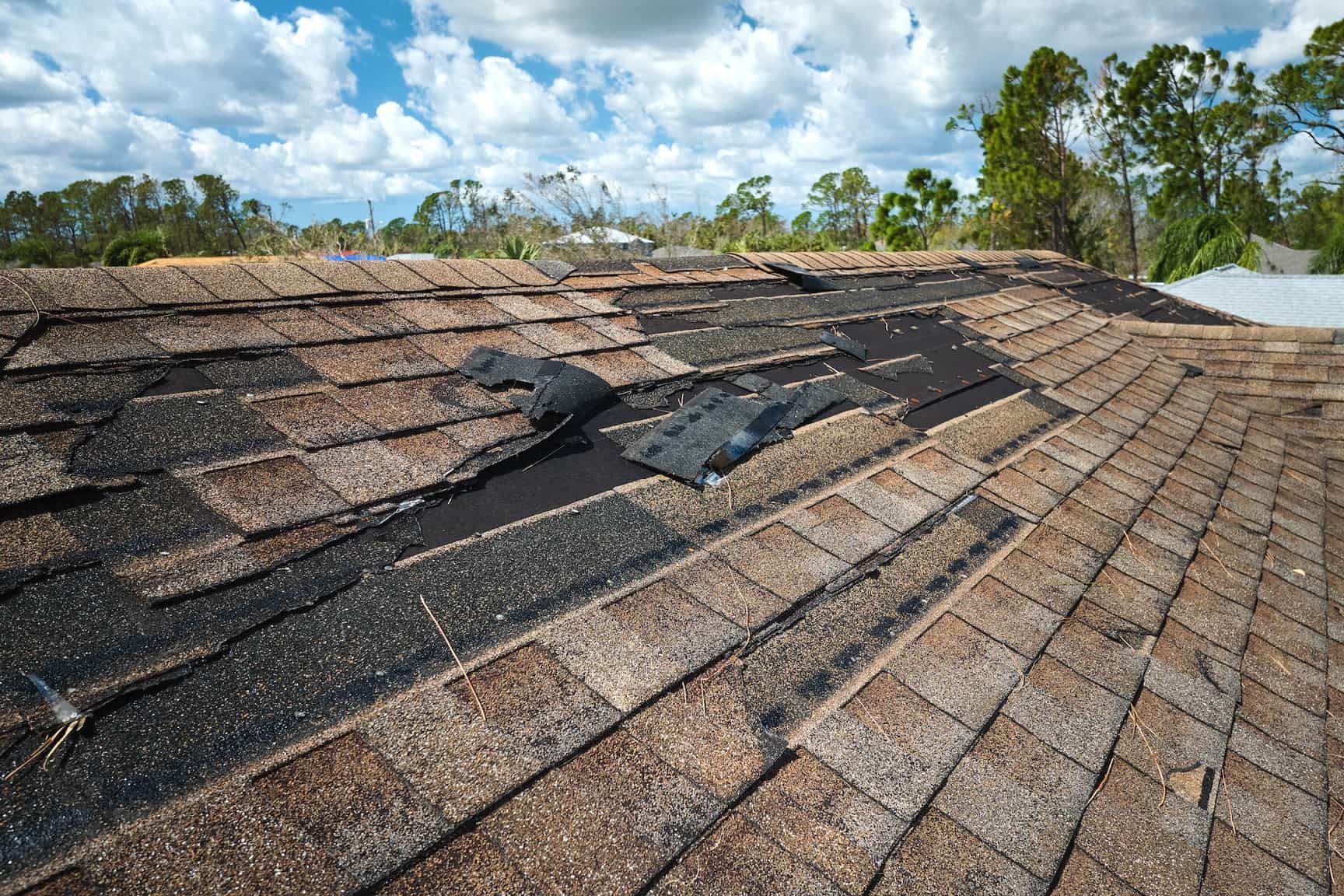
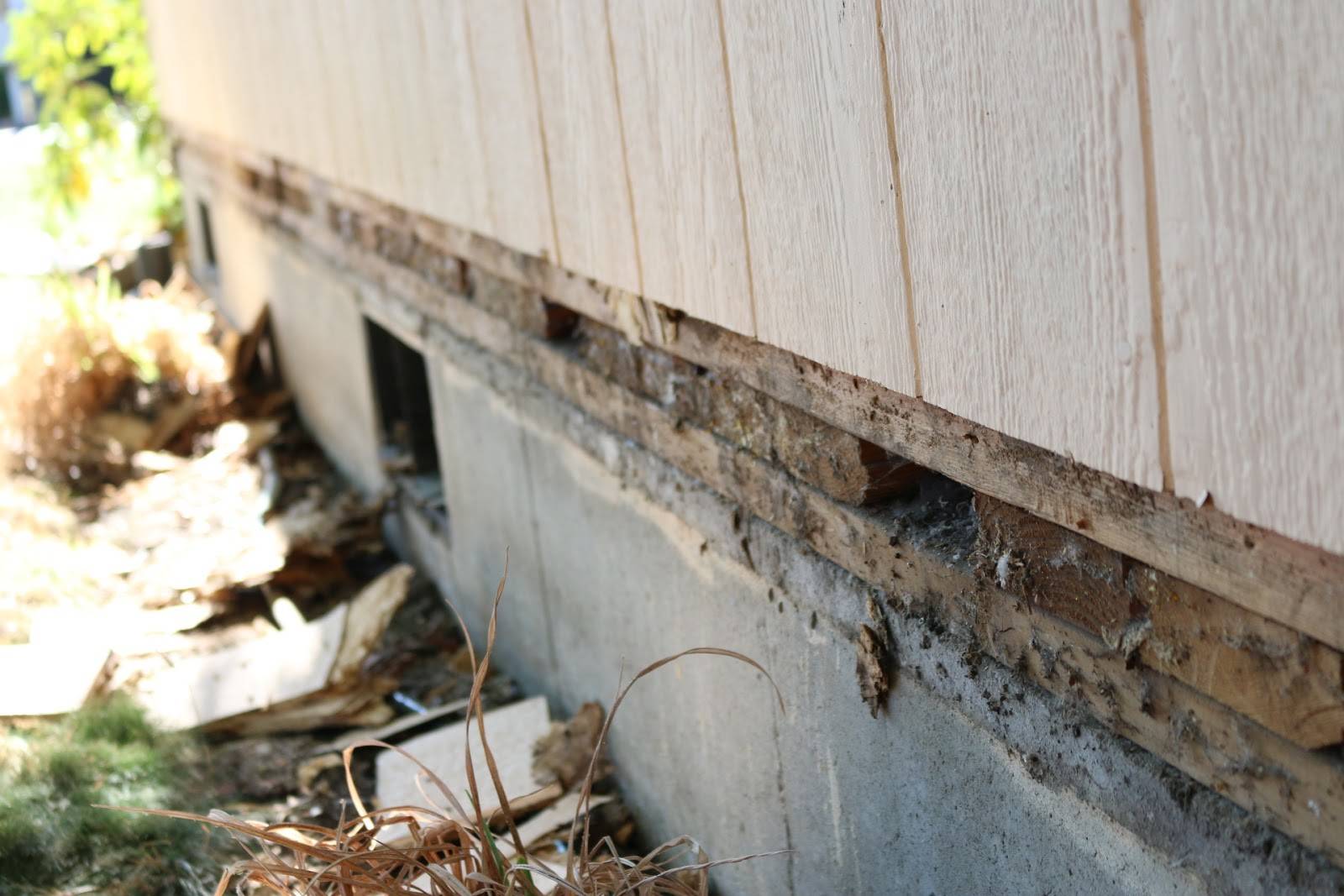
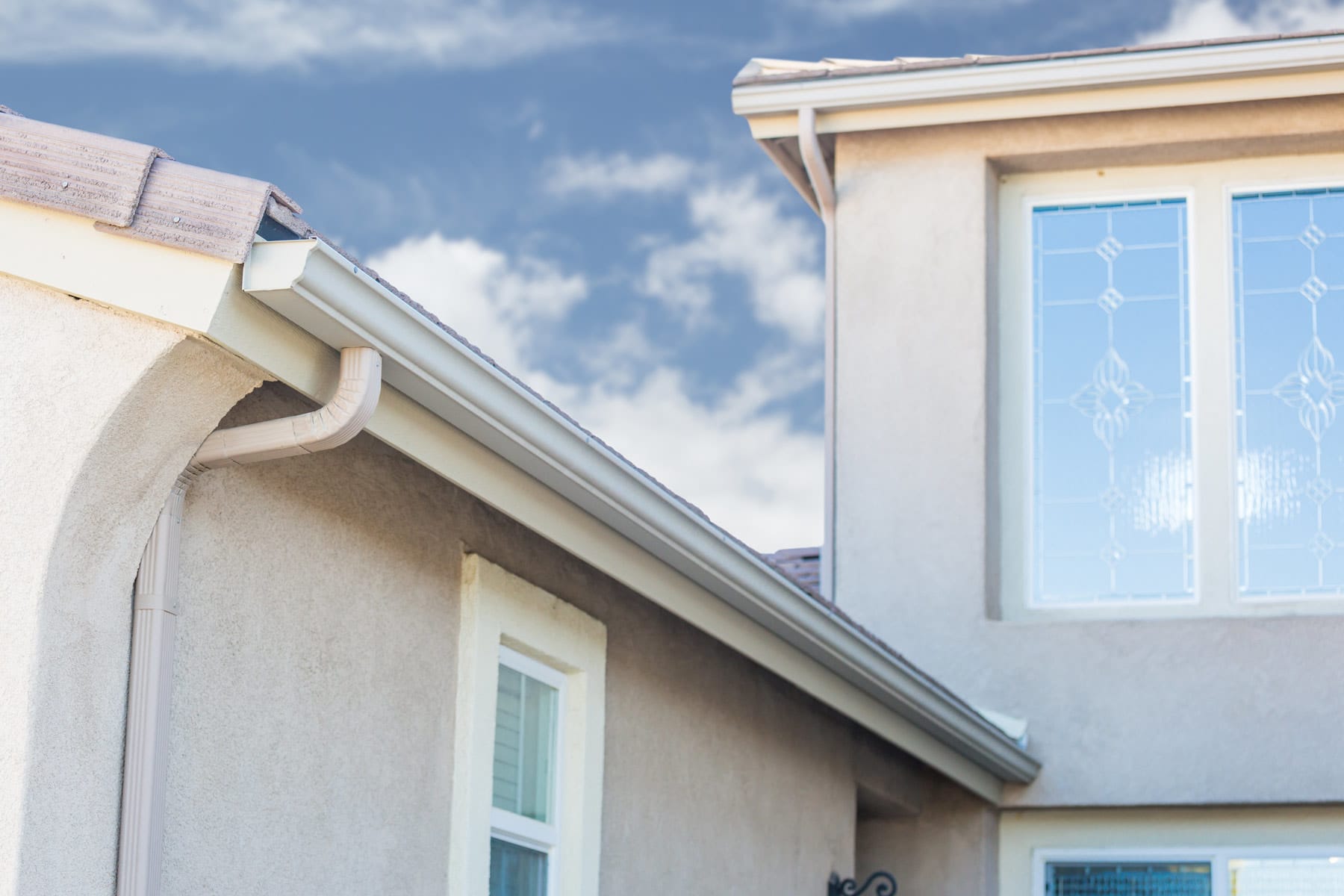


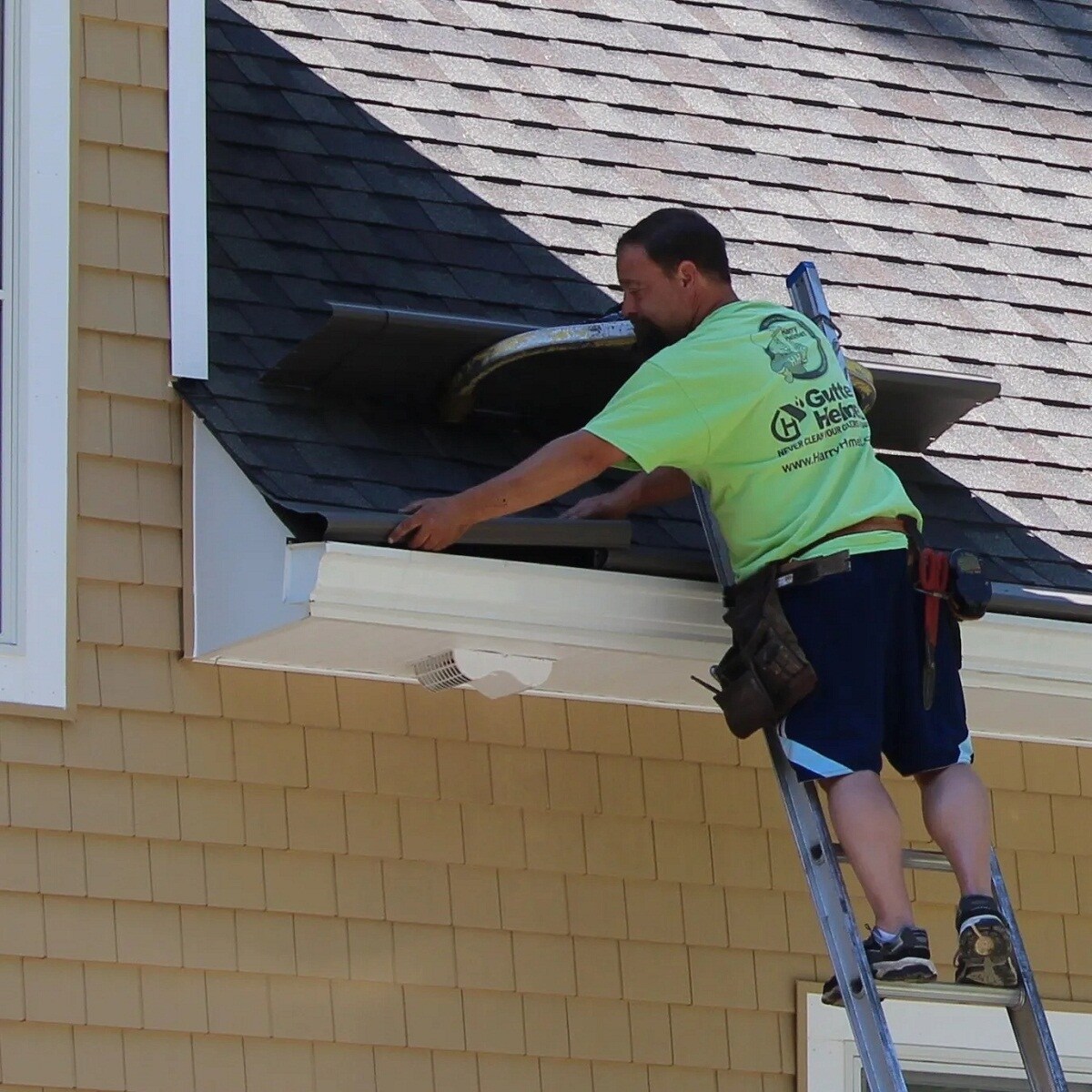


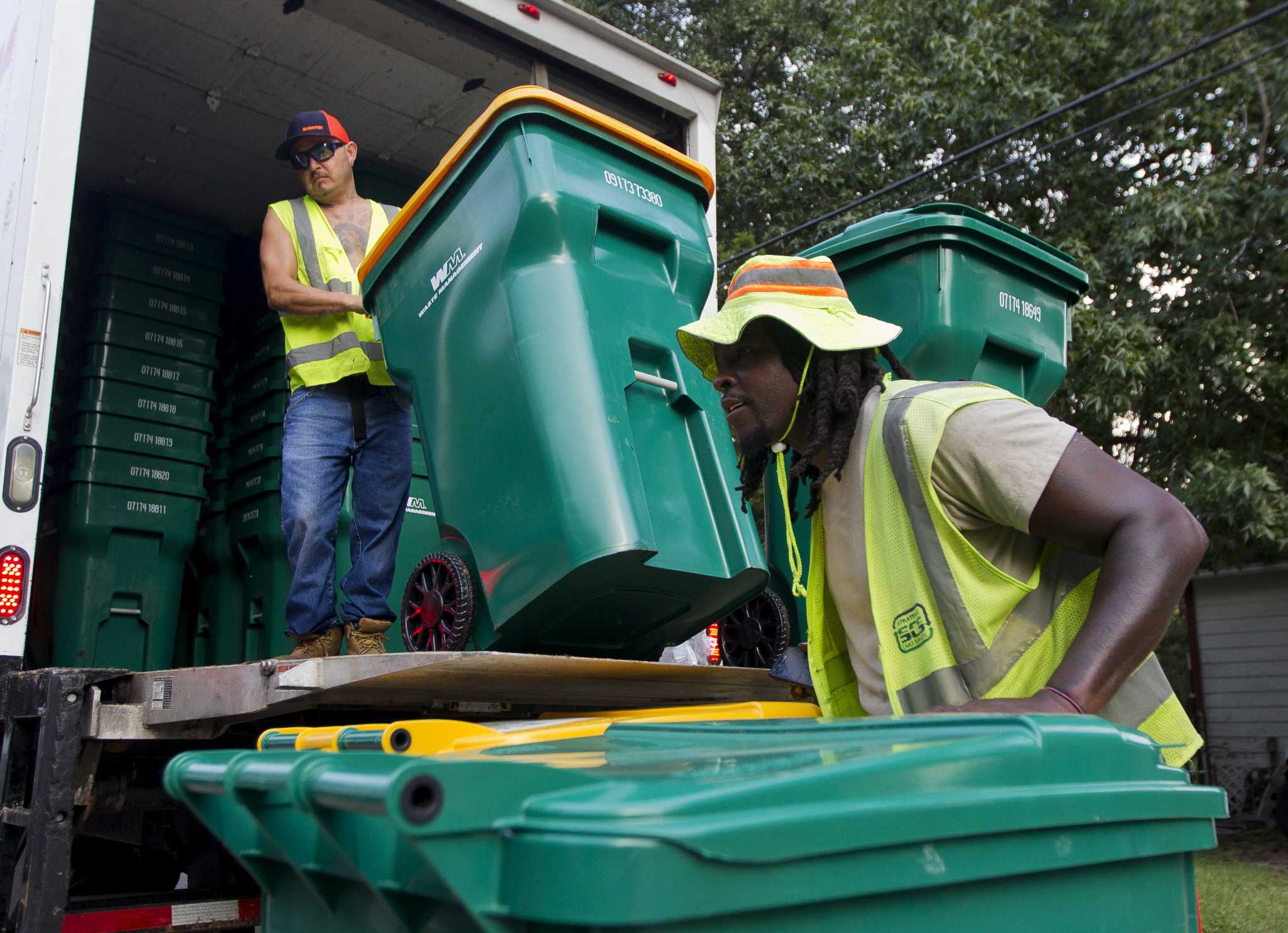

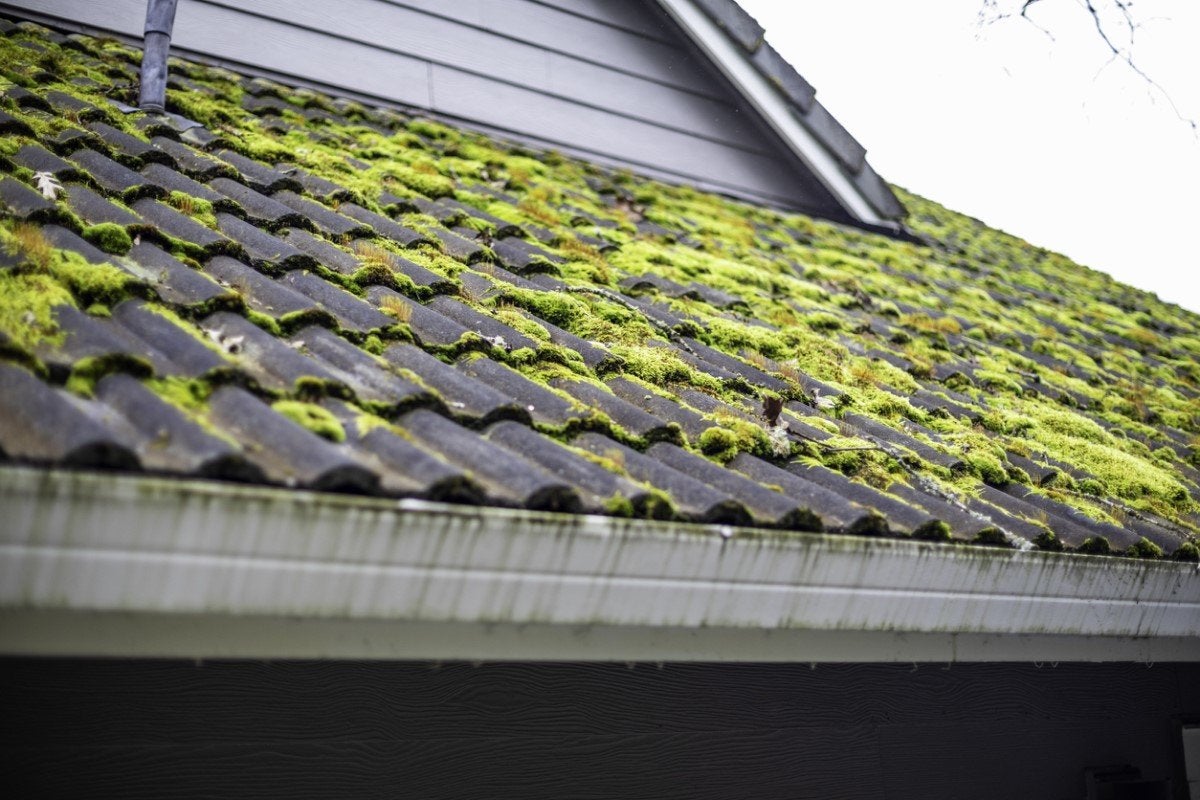
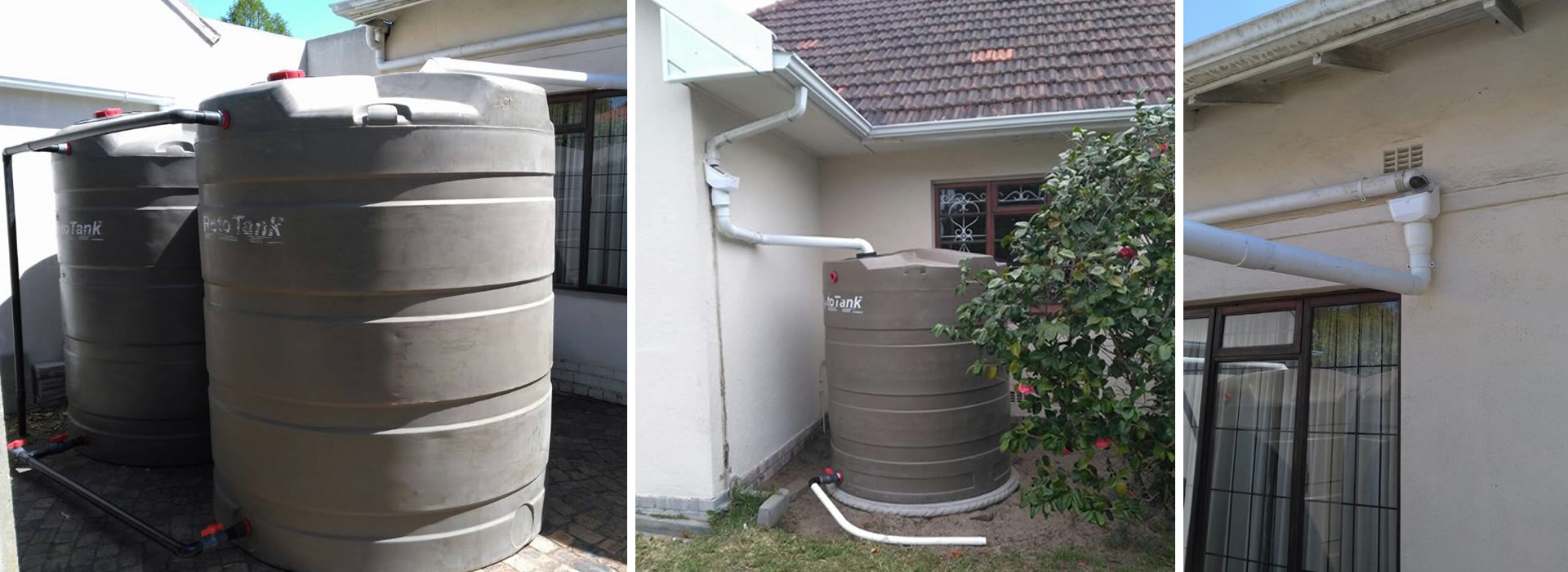

0 thoughts on “How To Get A New Roof From Insurance”